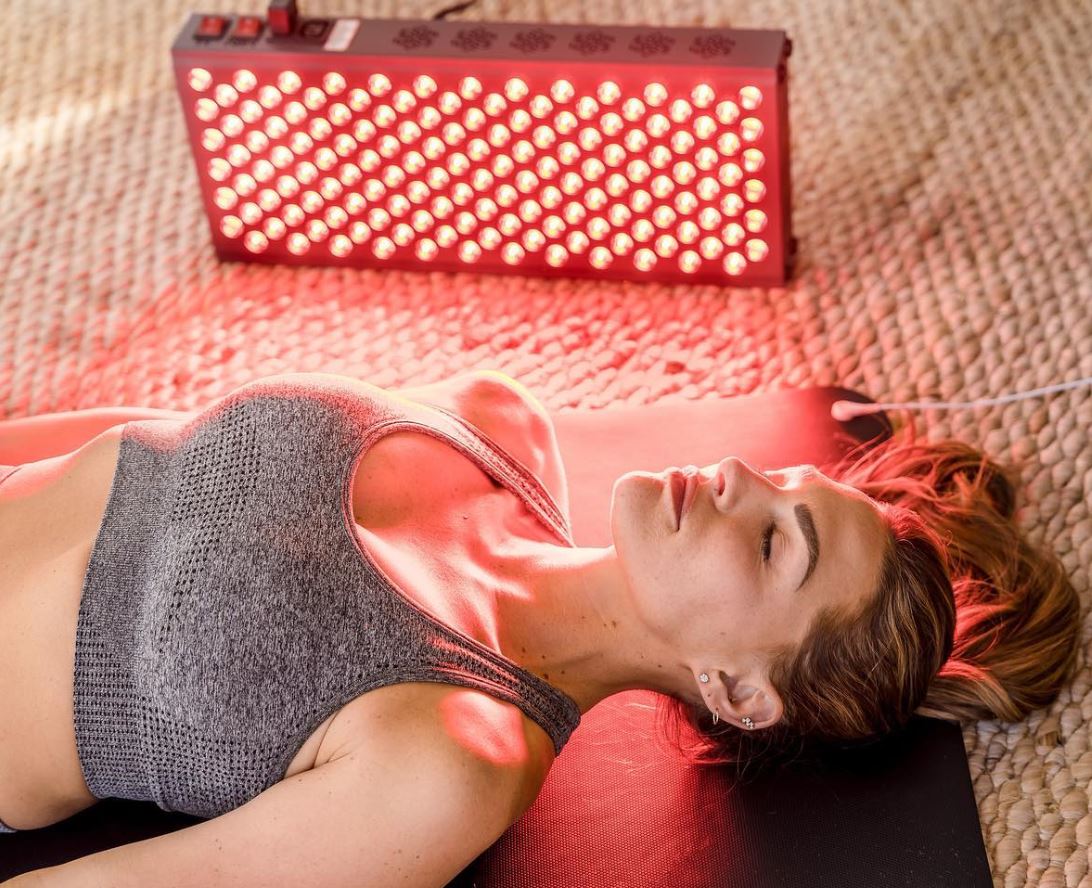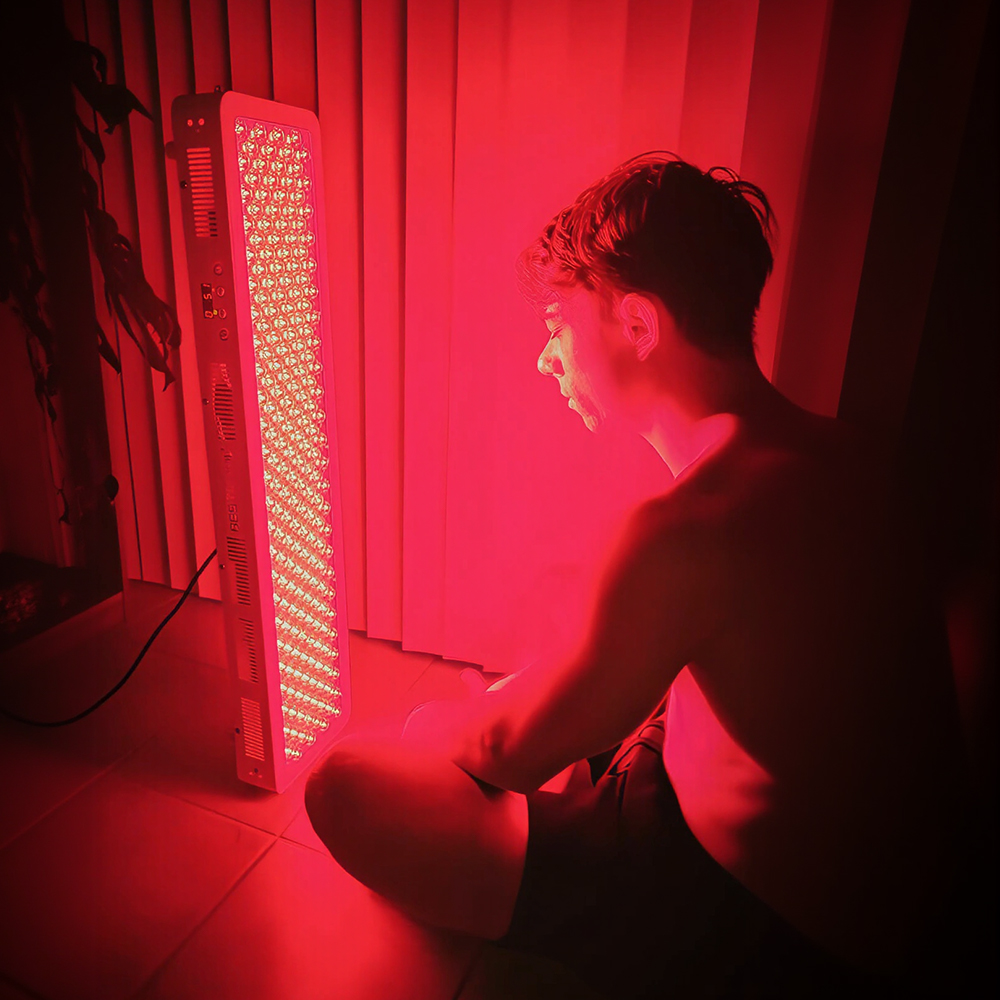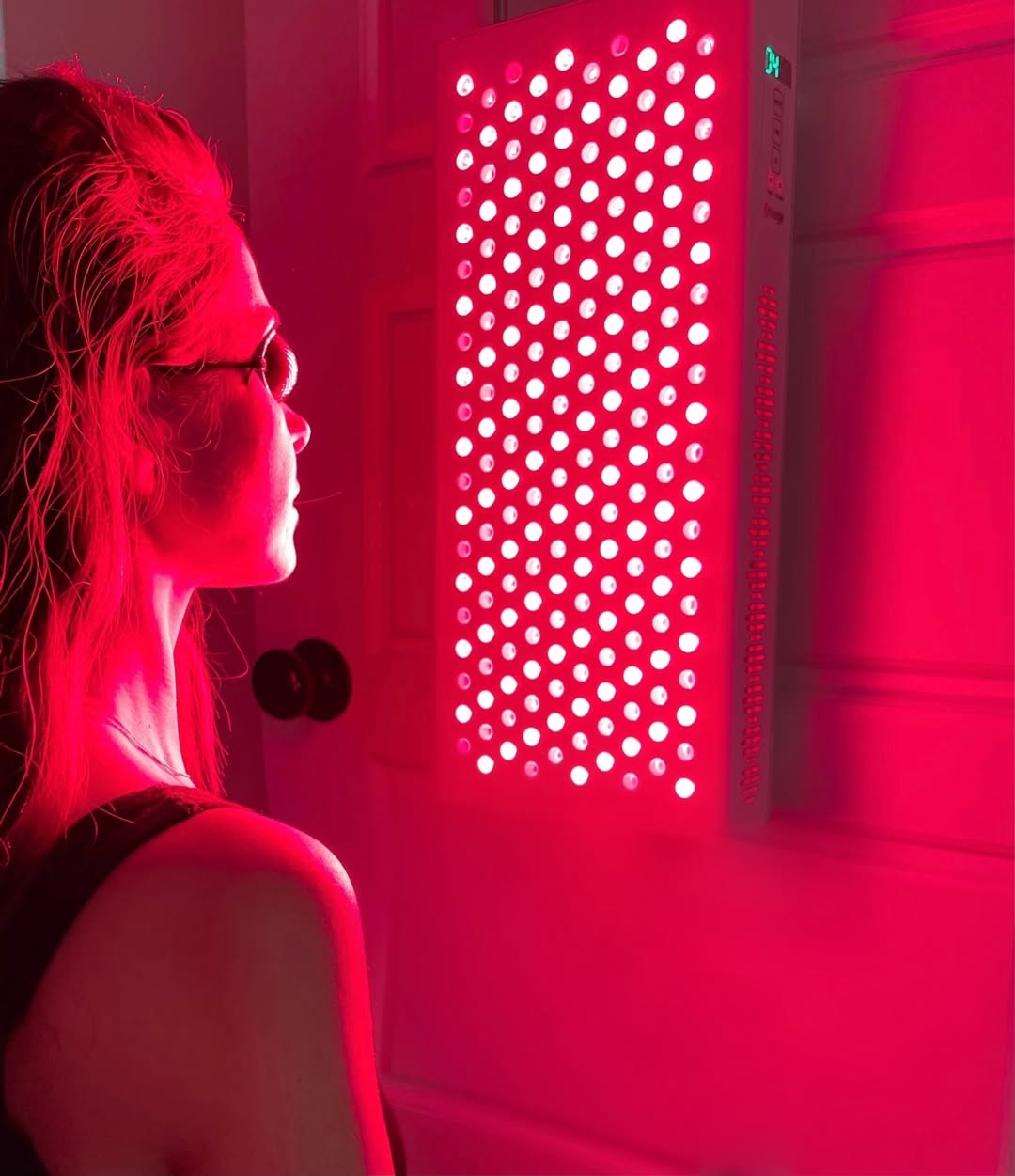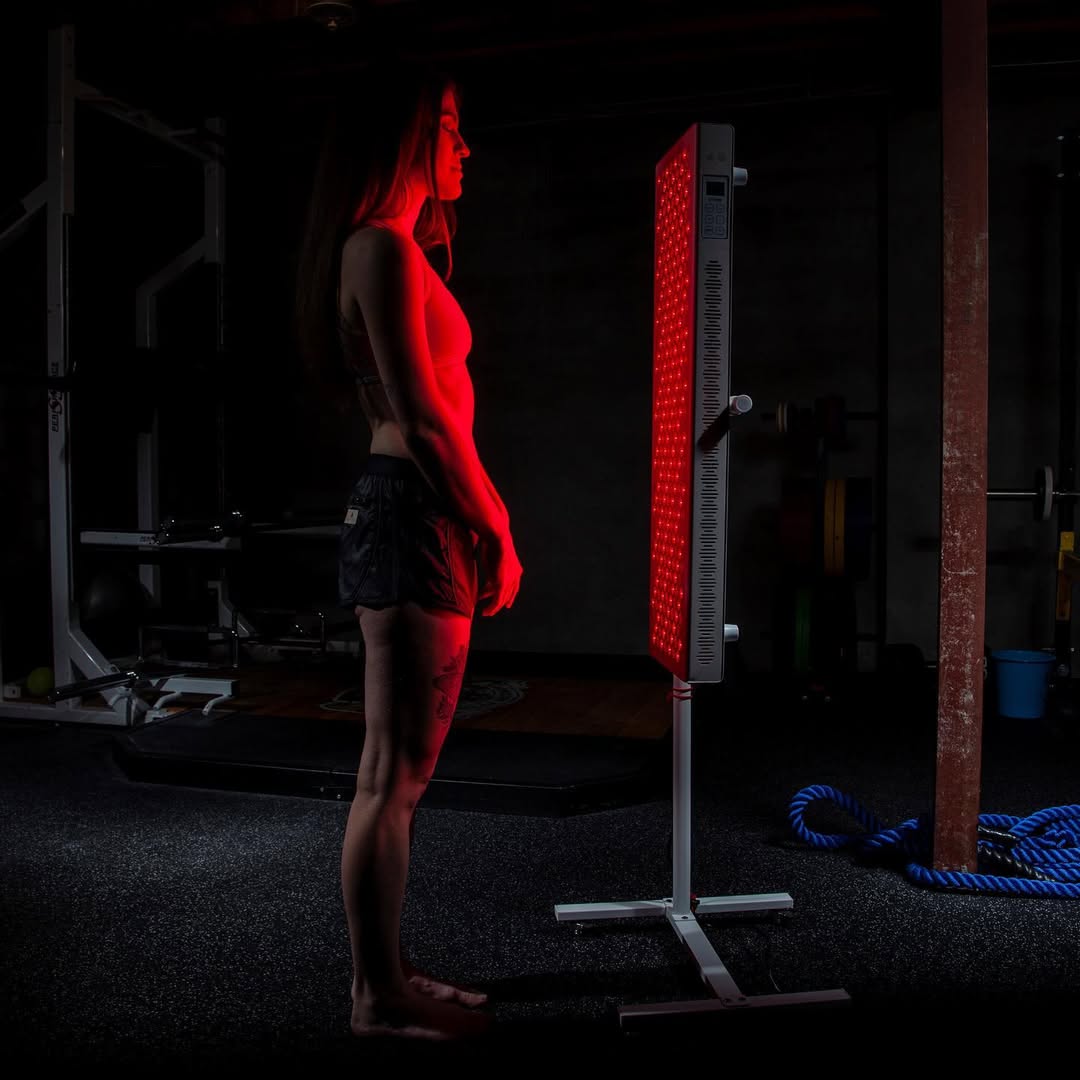![]() Free Shipping
Free Shipping ![]() Buy Now, Pay Later
Buy Now, Pay Later ![]() Eligible
Eligible
How Can Red Light Therapy Help Alleviate Crohn’s Symptoms?

Crohn’s disease is a chronic inflammatory bowel disease (IBD) that affects millions of people worldwide. Characterized by abdominal pain, severe diarrhea, fatigue, weight loss, and malnutrition, Crohn’s can significantly diminish quality of life. While traditional treatments include anti-inflammatory drugs, immunosuppressants, and even surgery, many patients seek alternative therapies to manage their symptoms.
One emerging treatment that has gained attention is red light therapy (RLT), also known as low-level laser therapy (LLLT) or photobiomodulation. But can this non-invasive, painless light treatment really help alleviate Crohn’s symptoms? Let’s explore the science behind it and how it might offer relief.
Understanding Red Light Therapy
Red light therapy involves exposing the body to low-wavelength red or near-infrared light. Unlike UV rays, which can damage the skin, red light penetrates safely into tissues, stimulating cellular repair and reducing inflammation. It works by enhancing mitochondrial function, boosting ATP (energy) production, and activating anti-inflammatory pathways.
Originally used for wound healing and pain relief, RLT is now being studied for its potential benefits in autoimmune and inflammatory conditions—including Crohn’s disease.
The Connection Between Red Light Therapy and Crohn’s Disease
Crohn’s disease is driven by chronic inflammation in the digestive tract, often due to an overactive immune response. Research suggests that red light therapy may help in several key ways:
1. Reducing Inflammation
Inflammation is the root cause of Crohn’s symptoms. Studies have shown that red and near-infrared light can:
- Decrease pro-inflammatory cytokines (like TNF-α, IL-6, and IL-1β)
- Increase anti-inflammatory cytokines (like IL-10)
- Modulate immune cell activity, preventing excessive immune responses
A 2018 study published in Scientific Reports found that photobiomodulation significantly reduced intestinal inflammation in animal models of colitis (a condition similar to Crohn’s).
2. Promoting Gut Barrier Repair
A “leaky gut” (intestinal permeability) is common in Crohn’s patients, allowing bacteria and toxins to enter the bloodstream and trigger inflammation. Red light therapy has been shown to:
- Strengthen tight junctions between intestinal cells
- Enhance mucosal healing, protecting the gut lining
- Speed up tissue repair by stimulating collagen production
3. Alleviating Pain and Fatigue
Chronic pain and fatigue are debilitating aspects of Crohn’s. RLT has been widely used for pain management because it:
- Reduces nerve pain by calming overactive pain receptors
- Increases blood flow, aiding muscle recovery and reducing fatigue
- Stimulates endorphin release, improving overall well-being
4. Supporting Microbiome Balance
Emerging research suggests that red light therapy may positively influence gut bacteria. A balanced microbiome is crucial for Crohn’s patients, as dysbiosis (microbial imbalance) can worsen symptoms. While more studies are needed, preliminary evidence indicates that RLT may help promote beneficial bacteria growth.
How to Use Red Light Therapy for Crohn’s
If you’re considering RLT for Crohn’s management, here are some practical ways to incorporate it:
1. Targeted Abdominal Treatment
- Use a red light therapy panel or handheld device over the abdomen for 10-20 minutes daily.
- Near-infrared (NIR) light (700-1100 nm) penetrates deeper, making it ideal for gut inflammation.
2. Full-Body Red Light Therapy
- Some patients benefit from full-body sessions in specialized RLT beds or booths, which may help systemic inflammation.
3. Combining with Other Therapies
- RLT can complement probiotics, anti-inflammatory diets (like the low-FODMAP diet), and stress-reduction techniques for better results.
VELLGUS Elite V2
THE #1 RATED RED LIGHT DEVICE
VELLGUS pro V2
THE #1 RATED FULL BODY RED LIGHT DEVICE
What Does the Research Say?
While human studies on RLT for Crohn’s are still limited, existing research is promising:
- A 2013 study in Lasers in Medical Science found that LLLT reduced inflammation in IBD patients.
- A 2020 review in Biophotonics highlighted its potential in autoimmune conditions due to its immunomodulatory effects.
However, more clinical trials are needed to establish standardized protocols.
Is Red Light Therapy Safe?
Yes! RLT is non-invasive, drug-free, and has minimal side effects. Some people may experience mild warmth or temporary redness, but it’s generally well-tolerated.
Final Thoughts: A Promising Complementary Therapy
While red light therapy isn’t a cure for Crohn’s, it offers a safe, natural way to reduce inflammation, support gut healing, and improve quality of life. As research continues, it may become a mainstream adjunct therapy for IBD patients.
If you’re struggling with Crohn’s symptoms, consulting a healthcare provider before starting RLT is wise—especially to integrate it effectively with your current treatment plan.
Have you tried red light therapy for Crohn’s or other inflammatory conditions? Share your experiences in the comments!








